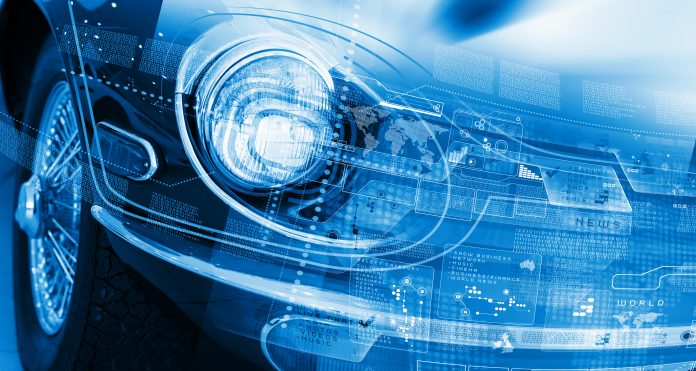
The idea of the self-driving car took a beating in the public’s eyes back in March when an Uber vehicle struck and killed a pedestrian in Tempe, Arizona. It was the first pedestrian death involving a self-driving vehicle. The 49-year-old victim, Elaine Herzberg, was walking her bicycle outside of a crosswalk when the accident occurred just before 10:00 pm. At the time of the accident, the Tempe Police Department confirmed that the car, a modified 2017 Volvo XC90, was in autonomous mode when it struck Herzberg, though it had a human operator onboard. In response to the accident, Uber suspended all autonomous vehicle operations in Pittsburgh, Tempe, San Francisco and Toronto while the cause of the accident was investigated.
The National Transportation Safety Board (NTSB) this week released results from its preliminary investigation, which found that the self-driving car did register the victim with its sensors, but the vehicle’s software did not engage the car’s brakes to prevent the collision. Data obtained from the car’s self-driving system shows the system first registered radar and LIDAR observations of the pedestrian about six seconds before impact, when the vehicle was traveling 43 mph.
“As the vehicle and pedestrian paths converged, the self-driving system software classified the pedestrian as an unknown object, as a vehicle, and then as a bicycle with varying expectations of future travel path,” according to the authors of the NTSB report. “At 1.3 seconds before impact, the self-driving system determined that emergency braking was needed to mitigate a collision. According to Uber, emergency braking maneuvers are not enabled while the vehicle is under computer control to reduce the potential for erratic vehicle behavior. The vehicle operator is relied on to intervene and take action. The system is not designed to alert the operator.”
The report concluded that the car’s human operator took control of the steering wheel less than a second before impact and began braking less than a second after impact. The NTSB revealed that all aspects of the car’s self-driving system were operating normally at the time of the crash, and there were no faults or diagnostic messages. The findings are preliminary, however, and the agency stresses that no conclusions should be drawn about probable cause based on the information. The agency said it will continue to gather information on the Uber self-driving system, the vehicle interface, the vehicle operator’s personal and business cell phones, the vehicle operator, the pedestrian and the roadway.












